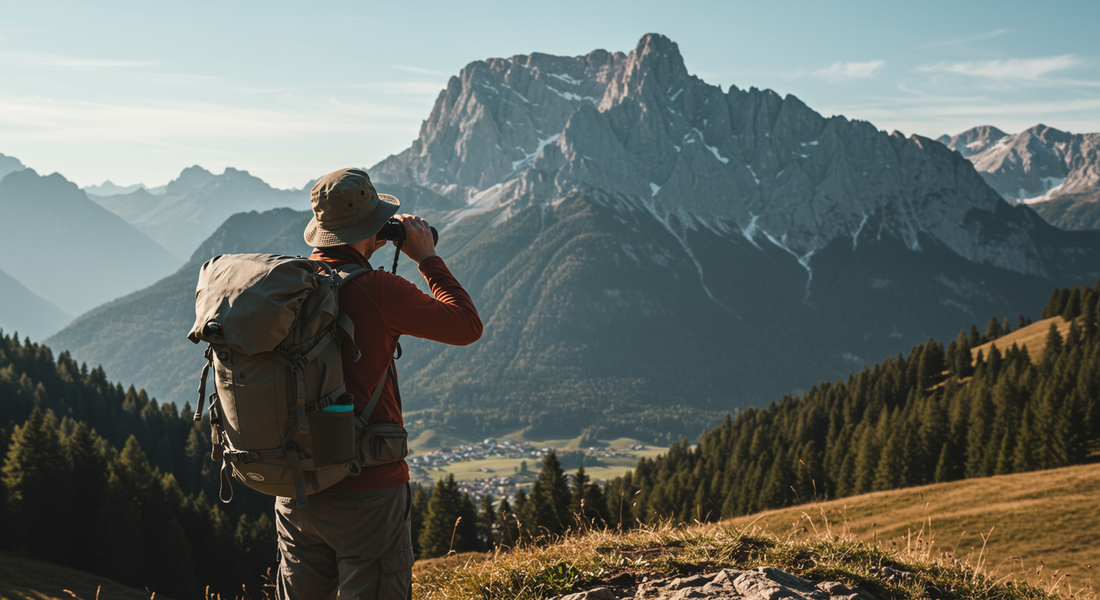
Summer hike: the guide to choosing the right binoculars,
Introduction
\nSummer is the ideal season to embark on discovering nature, from forest trails to sunlit summits. To fully enjoy the landscapes and observe discreet wildlife, a suitable pair of binoculars quickly becomes indispensable. But how to choose the right model for summer hiking? Magnification, objective diameter, weight, or twilight factor: this guide will accompany you step by step in your choice and provide practical tips on how to use and care for your binoculars on the trails.
\nWhy bring binoculars on a hike?
\nWhen hiking, binoculars allow you to observe birds, mammals, rare flowers or simple panoramas, all while staying at a respectful distance. They enrich the experience, offer new perspectives and foster awe at nature. Light and compact, some binoculars easily slip into a backpack.
\nThe essential criteria for choosing your hiking binoculars
\n1. Magnification: finding the right balance
\nMagnification, expressed by the first number on the binoculars (for example 8x32), indicates how many times the observed object appears closer. For hiking, a magnification of 8x to 10x is generally recommended:
\n- \n
- \n8x : wide field of view, a more stable image, ideal for on-the-move viewing. \n
- \n10x : more detailed, but the image can be harder to stabilize, especially without a tripod. \n
A too-high magnification (12x and up) is discouraged for hiking, as it reduces the field of view and increases shakiness.
\n2. The objective diameter: brightness and bulk
\nThe objective diameter (second number, in mm) influences the amount of light captured. The larger it is, the brighter the image, but binoculars become heavier and bulkier. Models 8x25, 8x32 or 10x32 are favored for their balance of brightness, lightness and compactness.
\n- \n
- \n25 mm : ultra-compact, sufficient in good weather. \n
- \n32 mm : a good compromise for summer hiking, even in the woods. \n
- \n42 mm : very bright, but heavier; to be preferred if dawn or dusk observation is frequent. \n
3. Weight and ergonomics: a priority on the trails
\nOn a hike, every gram counts. Favor compact binoculars (300-500 g), easy to wear around the neck or slipped into a side pocket of the backpack. Check the grip, the presence of a non-slip coating and a central adjustment that is easy to access.
\n4. Twilight factor and exit pupil
\n- \n
- \nTwilight factor : the higher it is, the better the low-light performance. It is calculated as the square root of the product of magnification and objective diameter (e.g., √(8x32)). For summer hiking, a factor of 15 to 18 is generally sufficient. \n
- \nExit pupil : the diameter of the light beam reaching the eye. A minimum of 3 to 4 mm ensures good viewing comfort in daylight. \n
5. Optical quality and lens coating
\nLook for lenses multicoated for a sharp, high-contrast image and free of distracting reflections. Roof prisms (roof or Porro) determine compactness: roof prisms are often lighter and robust, perfect for hiking.
\n6. Waterproofing and ruggedness
\nOpt for waterproof (IPX standard) binoculars and anti-fog, especially if you plan to cross damp areas, morning dew, or summer weather. A rubberized coating protects against shocks and ensures a good grip.
\nTips for using on hikes
\n- \n
- \nPre-adjustment: Set the sharpness (central knob) and the interpupillary distance before you head out. \n
- \nCarry: Use a comfortable strap or a harness to prevent neck strain during long hikes. \n
- \nProtection: Keep the lens caps on when not in use and store the binoculars in a soft case. \n
- \nObservation: To stabilize the image, press your elbows to your body or rest your forearms on a natural support (rock, tree trunk). \n
Maintenance: preserving the longevity of your binoculars
\n- \n
- \nCleaning the lenses: Use a soft brush or blower to remove dust, then a microfiber cloth for smudges. Avoid rubbing dry. \n
- \nStorage: After each outing, let your binoculars dry in the open air before storing to prevent condensation. \n
- \nInspection: Regularly check the waterproofing of the seals and the condition of the protective caps. \n
Conclusion
\nOn summer hikes, binoculars become a valuable ally for exploring nature in a different way. The choice of model depends on balancing optical performance, compactness and ruggedness. By considering magnification, objective diameter and weight, and following some usage and maintenance tips, you will fully enjoy your summer escapades, the eye always on the lookout to capture the beauty of the wild world.
\n
 All
All
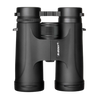 Jumelles
Jumelles
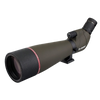 Spotting scope
Spotting scope
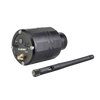 All
All
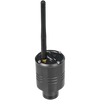 Classic cameras
Classic cameras
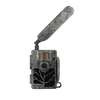 Camera Trap
Camera Trap
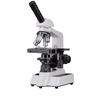 Tout
Tout
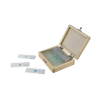 Accessories and Cameras
Accessories and Cameras
 All
All
 Knives
Knives
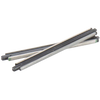 sharpeners
sharpeners
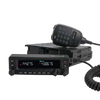 Radios
Radios
 Talkie Walkie,
Talkie Walkie,
 Accessories
Accessories